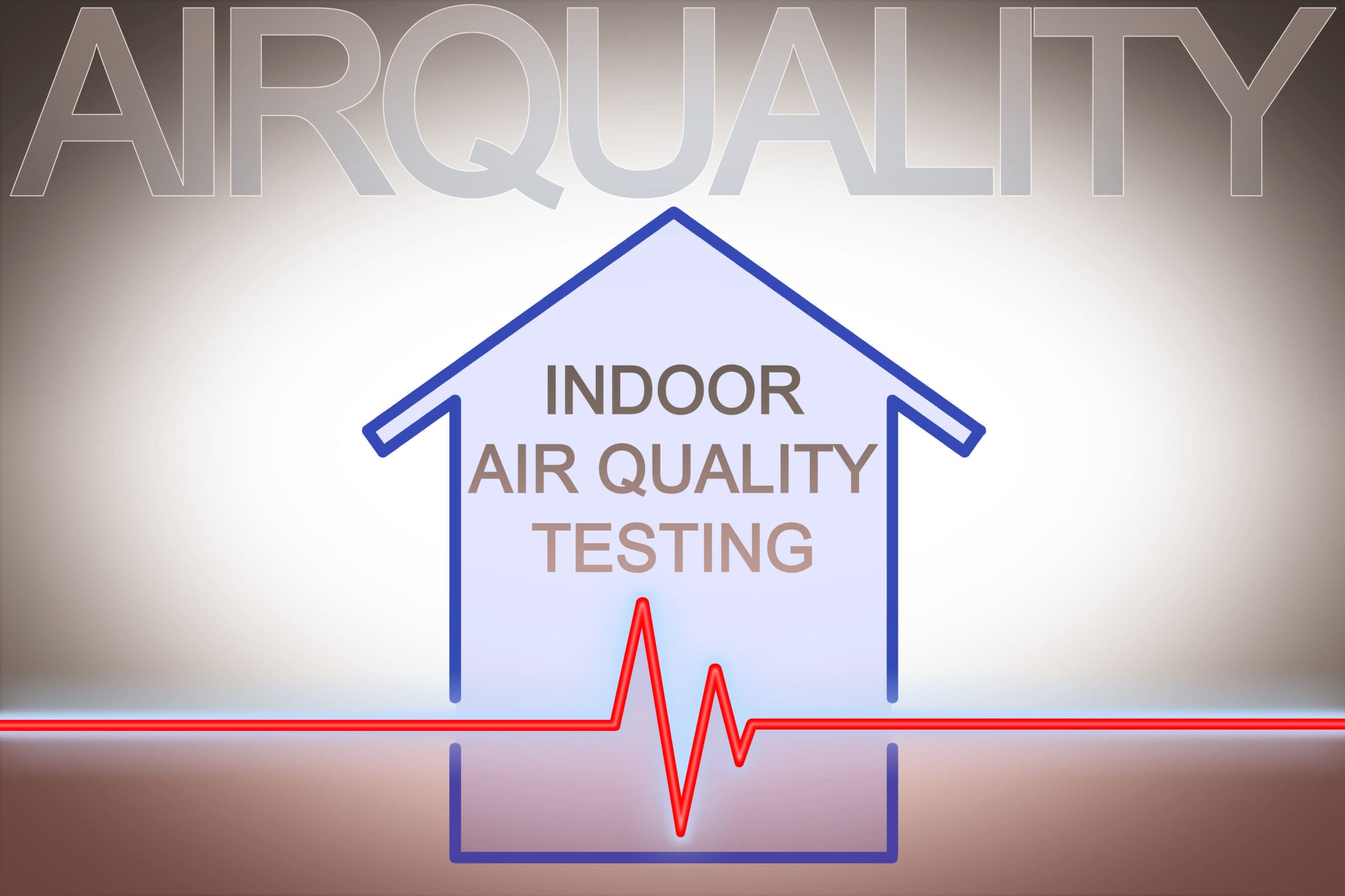The risks of gathering indoors during a pandemic are obvious, so how can we cope with COVID-19 now that winter weather precludes socially-distant outdoor activities?
Many believe indoor air quality will be used as the primary measurement of risk in public buildings, and if that’s the best indicator we have, campus facility decision makers can help fight coronavirus infections.
This is especially relevant considering the CDC now says COVID-19 most often spreads through the air, especially in poorly-ventilated environments.
According to a Carbon Lighthouse report, “91% majority of consumers believe that indoor air quality is important in the prevention of COVID-19 spread, and consumers are taking this into account when considering re-entering public buildings.”
Users clearly feel uneasy about returning to schools and workspaces, but having actionable data about how relatively “safe” those spaces may be could help them feel more confident in return-to-work and return-to-school strategies. So how can technology help achieve that?
Making Sense of Indoor Air Quality Testing Solutions
Ventilation, filtration, disinfection and isolation are the most common “categories” or buckets that solutions drop into. But most importantly, decision makers should have a handle on zone measures, says Tyler Smith, general manager for specialty products at Johnson Controls.
A zone measure is something like an air scrubber that exists within a space, can be moved from space to space and helps augment the clean air delivery capabilities of a mechanical system.
Finding solutions that offer dashboards on building automation systems that can track clean air delivery rates as per an agreed-upon target will ultimately make the overall system more valuable to your organization.
Make sure the system has automatic notifications if a certain goal or threat is detected. After all, the solution is effectively useless if it isn’t actively being used to alter behavior towards safety.
But in a time when campus facilities, IT departments and public safety are worn thin, it is easy to let things slip through the cracks. Don’t let that happen to you – make sure your indoor air quality testing solution provides alerts when a standard isn’t being met — whether you’re working onsite or remotely.
Tying these systems together with things like HVAC and meeting room lighting can also help save money and the overall effectiveness of any chosen solution.
For example: you pick an air quality solution, which also monitors how many people are in a building at a given time. If that number of people does not exceed a given quota, it’s safe to assume there will be little to no use of additional meeting spaces, meaning the lights can automatically shut off in those spaces sooner and save money on electricity.
Joining these systems together also presents the benefit of having a streamlined management interface for facility managers.
Lastly, understanding what a system can do to impact CO2 levels will help you determine the long-term benefits of a system, even once COVID-19 is no longer a concern.
According to Saundra Merollo, senior sales engineer at Sharp Electronics, outdoor CO2 levels average to 300-400 parts per million. But a meeting space with poor ventilation may contain 1,000 or even up to 5,000 parts per million. Meanwhile, most employees believe they are more productive in cleaner, healthier environments.
So finding a solution that monitors CO2 levels — while not exactly useful for COVID-related compliance — will help bolster a system’s value in the long run; especially if it kicks ventilation into gear when an unacceptably-high CO2 level is detected.
Air Quality Maintenance in Educational Facilities
Student and teacher health are clearly the main priorities at schools and institutions of higher education across the country, but many are struggling to put actionable data behind their claims that their individual strategy is safe.
Clearly, this has an impact on parent confidence, but it isn’t wild to assume that funding might also be at risk for schools who fail to provide meaningful, accessible insights into the relative safety of their environments.
Incidentally, most older HVAC and air quality systems are typically found in K12 settings.
“Budgets may have been constrained so much over the years that they may have not been able to invest like a hospital or even some universities have been able to,” Smith says.
That’s why it’s so important to find systems that aren’t specific to one type of mechanical system or another. A school system may have an air handler that’s 50 years old, meaning any more investment into that old unit is going to be impossible — but it might also be impossible for the school to completely replace it, too.
“Focusing on things like portable air scrubbers or UV HEPA lighting troffers is so critical to a K-12 school system because that’s irrespective of the age of the mechanical system,” Smith says.
“We find that in most cases, by focusing on in zone, we’re able to get them the clean air delivery rate that they need to bring their COVID-19 risk mitigation down to an acceptable level.”
This article originally appeared in CS sister publication MyTechDecisions.com and has been edited. Adam Forziati is TD’s web editor.







